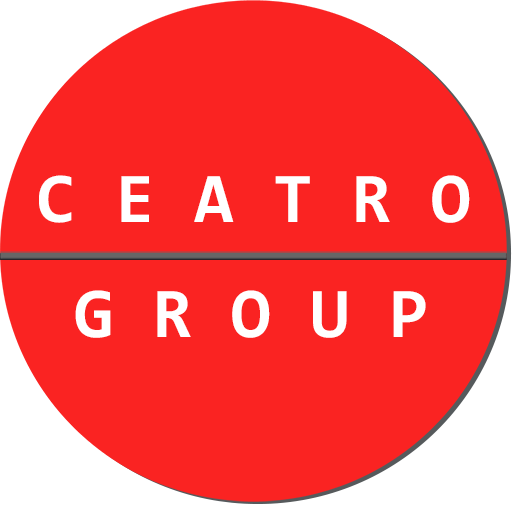What Is The Difference Between Customer Experience And User Experience?
The language tends to blur together causing confusion in job descriptions, when hiring a firm to support a project, and in explaining what you are trying to accomplish.
Customer experience (CX) and user experience (UX) are not the same thing but they are significantly link together.
At Ceatro Group we think of these roles and the skill required for each in a symbiotic hierarchy of specificity (and the hierarchy includes more than just customer experience and user experience.) There is usually a difference in training and talent and that makes it worth understanding what you really need and what a a firm is really offering before you hire a team to help you with a project.:
- Customer experience practitioners think about the entire experience, including all channels, elements, processes, and operations, a person has with a company or a product.
- User experience practitioners think about the experience a person has a specific part of the customer experience, usually a digital component like a web site, an application, or an interface.
- Human factors practitioners think about the experience a person has with a physical product or element.
This list continues in specificity based on industry, product, and customer segment. An example of more specific role based on an industry is a retail designer. The retail designer thinks about the experience of a person in a retail environment.
Some efforts or projects require just one of these skills but usually a design or redesign project of a product, service, experience, or Whole Offering requires a combined team. This combined team might come from one firm or multiple firms or you may have some of the talent on staff. In the end the titles don’t matter, of course, as long as you find the right skill and experience to achieve your goal.
Let’s say you were designing a customer experience for a new gas station concept from scratch. You would need all of the types of talent listed above. A customer experience person would help you with the overarching experience – understanding the customer’s experience, attracting the customers, getting the gas in to the car, paying for the gas, the high-level in-store experience, loyalty programs, finishing the transaction, buying again, and building the business case and cost model to support it. A user experience person would help you with the web and mobile solutions, the interface on the gas pump, and an in-store interfaces. The human factors person would design, at least, the new innovative gas pump (but not the interface) and the retail designer would do the detailed in-store experience. There were would be many more specialists on an effort like this: marketing, advertising, sales, real estate, and so on. The entire team would work together to achieve the goals.
Using the telecom customer experience map we saw in a previous blog, let’s look at this visually. These maps are drawn from the customer’s perspective:
Figure 1: The Whole Offering
Figure 2: The Customer Experience
Figure 3: User Experience
Figure 4: Human Factors
Figure 5: Retail Design
Originally published on September 2, 2013





